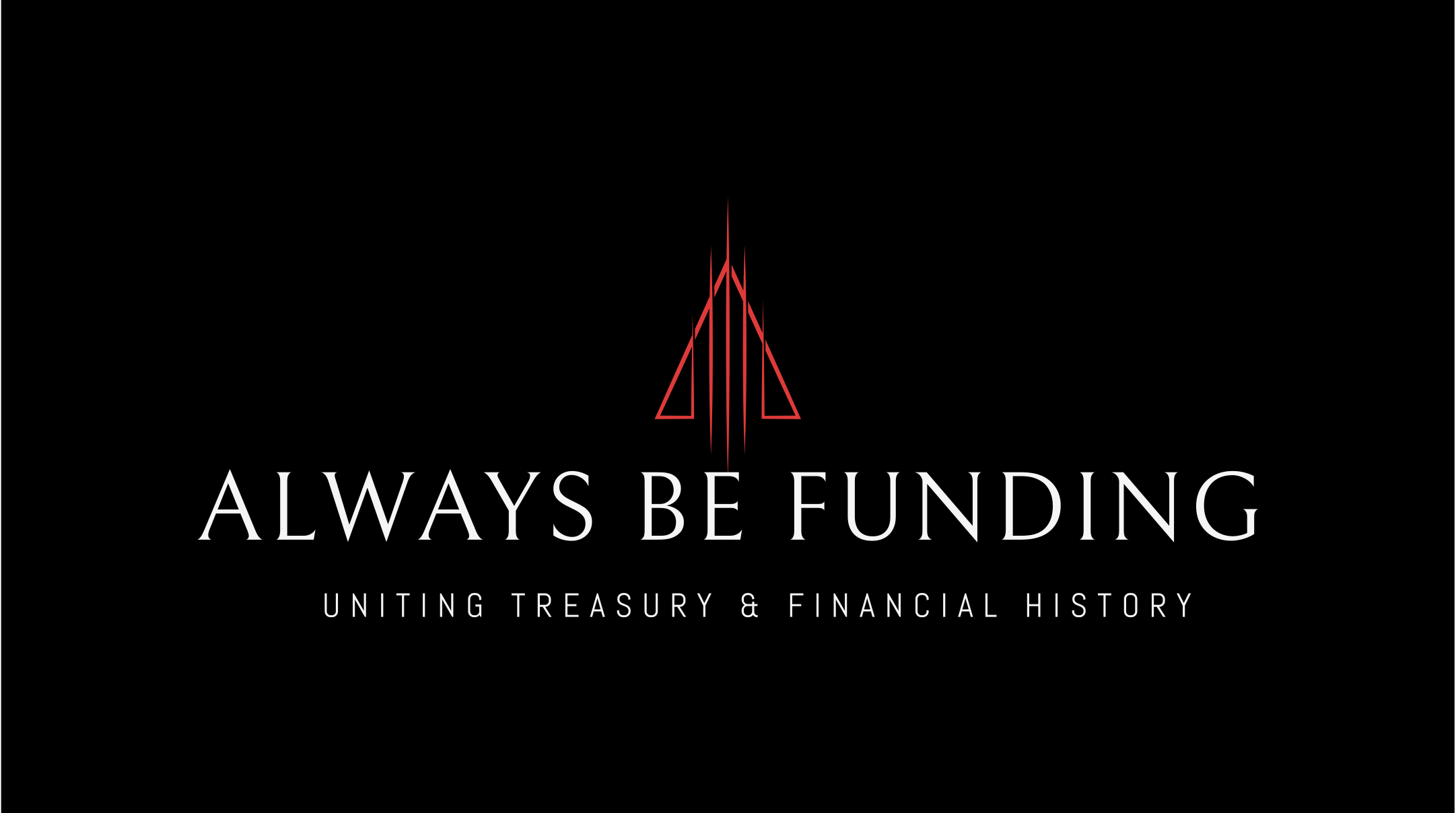Your cart is currently empty!
Unlock CTP Success: Own vs. Lease
For aspiring Certified Treasury Professionals (CTPs), one of the critical financial decisions they will be involved in is whether a company should own or lease an asset. Whether it’s equipment, real estate, vehicles, or technology infrastructure, the decision to buy or lease has significant financial implications for the organization’s cash flow, tax strategy, and overall financial health. Understanding the trade-offs between owning and leasing is essential for treasury professionals to advise their organizations on the best approach.
In this blog, we will explore why aspiring CTPs need to grasp the benefits and considerations associated with owning versus leasing assets and how this knowledge plays into broader treasury and financial management strategies.

Impact on Cash Flow and Liquidity
One of the most important considerations for treasury professionals when advising on owning versus leasing is the impact on the company’s cash flow and liquidity. Since the treasury department is responsible for ensuring that the company has sufficient liquidity to meet its short-term obligations, understanding how these two options affect cash flow is essential.
Owning an Asset: Buying an asset typically requires a large upfront capital expenditure. While this option eliminates ongoing lease payments, it ties up cash that could otherwise be used for other investments or operational needs. For capital-intensive industries, such as manufacturing, this can place a strain on liquidity.
Leasing an Asset: Leasing allows companies to avoid significant upfront costs. Instead, they pay a periodic amount (monthly or annually) for the right to use the asset. This option preserves cash flow and liquidity, which can be especially beneficial for companies that prioritize maintaining flexible working capital or need to preserve cash for strategic initiatives.
Aspiring CTPs must be able to assess the company’s financial position and recommend the best course of action based on cash flow projections and liquidity needs.
Bottom Line:
Understanding the cash flow implications of owning vs. leasing allows treasury professionals to make informed decisions that align with the company’s liquidity management strategies.
Tax Implications
The tax treatment of owning and leasing assets is another critical consideration for treasury professionals. Each option carries different tax benefits, and understanding these implications is key to optimizing the company’s financial performance.
Owning an Asset: When a company owns an asset, it can take advantage of tax deductions for depreciation and interest expenses (if the asset is financed). Depreciation spreads the cost of the asset over its useful life, reducing taxable income each year. Additionally, capital assets may appreciate over time, offering potential tax advantages upon sale.
Leasing an Asset: Lease payments are generally tax-deductible as a business expense, offering immediate tax benefits. However, companies that lease assets do not own them, so they do not benefit from depreciation deductions or capital gains. For organizations with specific tax strategies, leasing can offer more predictable and manageable deductions.
Aspiring CTPs must weigh these tax considerations and understand how the tax benefits of each option align with the company’s broader financial goals.
Bottom Line:
Aspiring treasury professionals should understand how owning versus leasing impacts tax deductions and how these deductions can affect the company’s overall tax strategy.
Flexibility and Asset Management
Treasury professionals must also consider the company’s operational needs and how owning versus leasing aligns with its long-term strategy. Each option offers different levels of flexibility, which can affect the company’s ability to scale, adapt, or manage its assets efficiently.
Owning an Asset: Owning assets offers more control and long-term stability. Once purchased, the company has full ownership rights, meaning it can use the asset as needed, sell it, or upgrade it without any contractual restrictions. However, ownership can be limiting if the company’s needs change, as selling or replacing the asset can be costly and time-consuming.
Leasing an Asset: Leasing provides greater flexibility, particularly for assets that may need to be updated frequently or are subject to technological advancements. For example, leasing equipment or technology allows companies to stay up to date with the latest innovations without the burden of ownership. This is particularly beneficial in industries where technology evolves rapidly, such as IT or telecommunications.
Understanding the flexibility offered by each option is critical for treasury professionals, as they often advise on capital allocation and long-term financial planning.
Bottom Line:
Aspiring CTPs should be able to evaluate whether owning or leasing aligns with the company’s needs for flexibility and adaptability, considering the lifecycle of the asset and the industry’s evolution.
Risk Management and Financial Leverage
Risk management is a core responsibility of treasury professionals, and owning versus leasing presents different risk profiles for companies. Evaluating these risks is crucial for making sound financial decisions.
Owning an Asset: Ownership carries risks such as obsolescence, depreciation, and potential market fluctuations that may affect the asset’s value. For example, owning technology assets comes with the risk that they will become outdated before the end of their useful life. Additionally, financing asset purchases increases the company’s leverage, potentially affecting its creditworthiness and borrowing capacity.
Leasing an Asset: Leasing minimizes the risk of obsolescence since companies are not tied to long-term ownership. When the lease term ends, they can easily upgrade or switch to a more modern solution. However, leasing also means the company does not build equity in the asset, and some leases come with usage restrictions that could limit operational flexibility.
Treasury professionals need to balance the risks and rewards of both options to align with the company’s financial risk management strategies, especially if the company has high exposure to technological or market changes.
Bottom Line:
Aspiring CTPs need to assess the risk management considerations associated with owning versus leasing, including asset depreciation, obsolescence, and financial leverage.
In Conclusion. . .
For aspiring Certified Treasury Professionals, understanding the financial and operational implications of owning versus leasing an asset is critical to becoming a strategic partner in the organization. Treasury professionals play a key role in guiding the company through decisions that affect cash flow, tax strategy, risk management, and long-term operational flexibility.
By understanding the benefits and trade-offs of owning versus leasing, aspiring CTPs can make informed recommendations that optimize financial performance, improve liquidity management, and support the company’s growth objectives. This knowledge will also prepare them for more complex financial decisions in their careers, ensuring they add value to their organization from day one.
In summary, owning offers stability and potential long-term financial gain, while leasing provides flexibility and preserves cash flow. Aspiring treasury professionals must be able to evaluate both options to support their organization’s financial health and strategic goals.

